The Science Of Why 5G Is (Almost) Certainly Safe For Humans
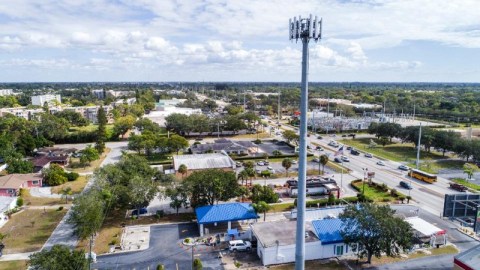
Many people, including some scientists, fear that the coming 5G WiFi revolution will harm humans. Here’s why that’s unfounded.
Over the coming few years, a new set of infrastructure will be rolled out across the world: 5G wireless technology. Just as 4G networks are able to provide mobile internet speeds hundreds of times faster than 3G — enabling users worldwide to stream HD TV, browse webpages quickly, and even make high-quality video calls — the advent of 5G will enable speeds of up to 100 Gigabits per second: up to 100 times faster than 4G.
With each new generation of WiFi that comes out, a new wave of fear-mongering health claims emerges. They always come along with the same arguments:
- humans have never been exposed to this much of this type of radiation before,
- scientists have not demonstrated that the proposed new infrastructure won’t be harmful to humans,
- the World Health Organization has already declared radio-frequency (WiFi) radiation to be “possibly cancerous,”
- and therefore, we should declare a moratorium on this technology until its safety has been established.
Fortunately, science already tells us that 5G almost certainly poses no danger to humans. Unless you value unfounded conspiracies over bona fide science, here’s what you should know.
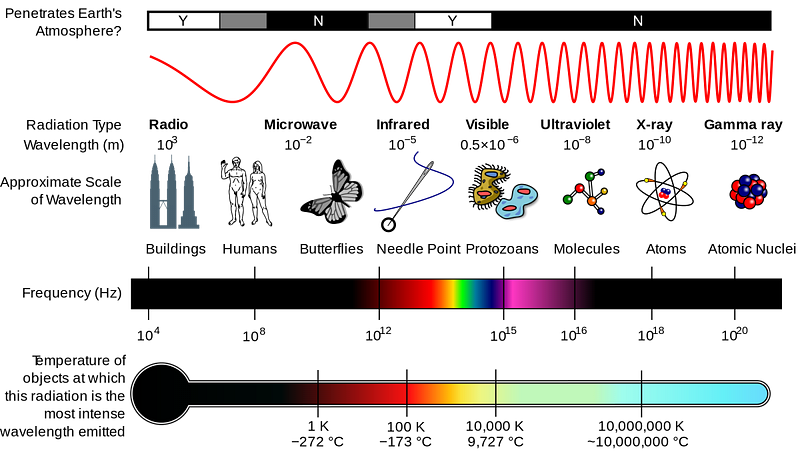
Above, you can see the electromagnetic spectrum. While you’re typically only aware of your interactions with optical (visible) and infrared (heat) radiation, there’s much more that’s constantly interacting with your body. There are lower-energy signals such as microwaves, with wavelength between a millimeter and a meter, bombard us constantly here on Earth. Microwave radiation includes a mix of natural signals like atmospheric molecules, astronomical signals, and even the leftover glow from the Big Bang, coupled with human-made radio, radar, satellite, bluetooth, GPS and broadband signals. It also includes all WiFi signals, including 3G, 4G and 5G.
Also invisible to human eyes are higher-energy signals: ultraviolet, X-ray, and gamma-ray light. In large doses, any form of radiation can be dangerous to living things, but in modest doses, only the high-energy signals matter.
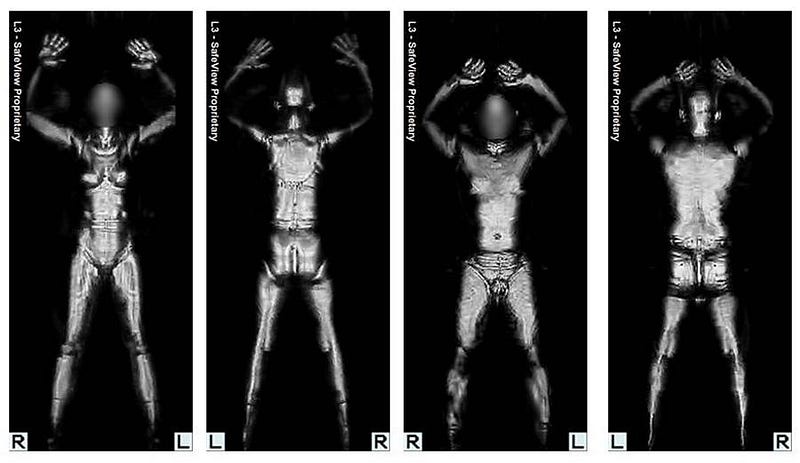
The reason for this, believe it or not, has everything to do with the quantum nature of matter and energy. When light interacts with matter, there are three possibilities for what can occur:
- The light is of the wrong wavelength to be absorbed by the matter, and therefore gets reflected.
- The light is of the right wavelength to be absorbed by matter but too low in energy to kick any electrons off of their parent atoms/molecules.
- Light gets absorbed and each photon is energetic enough to ionize one (or more) electrons.
Plants are green, for example, because they don’t absorb green light; instead they reflect it. Food gets cooked in a microwave because liquid water molecules (along with some others) are excellent absorbers of microwave radiation, enabling it to heat up. (Fun fact: ice, which is a lattice of water molecules, isn’t a good absorber of microwave radiation, which is why your frozen foods can be simultanously boiling on the outside, where the ice has melted, but remain frozen at the center.)
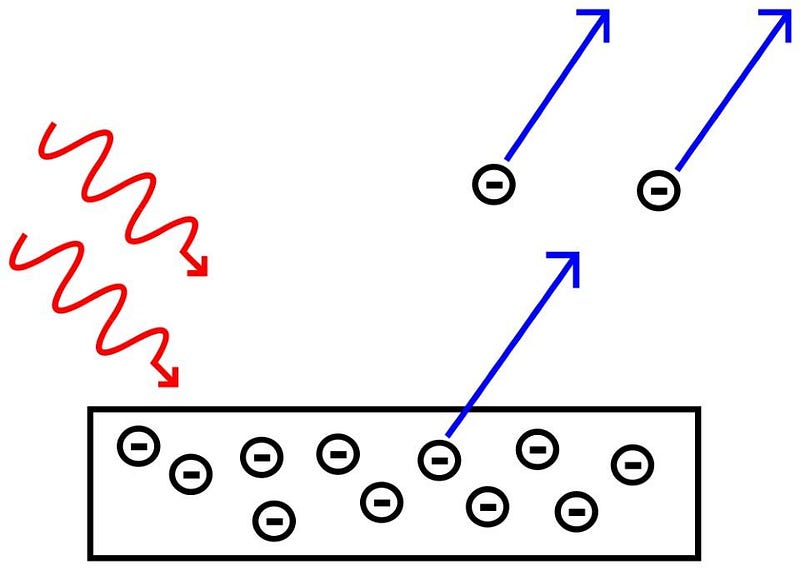
But the third option, where ionization occurs and electrons get kicked off of atoms, is the type of radiation that truly is damaging at the cellular level to biological organisms. This is why you wear sunscreen when you know your skin is going to be exposed to direct sunlight: because the ultraviolet light will ionize the material in your skin and cause burns that can get quite severe.
That’s why you wear a lead shield when you get an X-ray taken, because that even higher-energy radiation can cause extensive damage to your body. And that’s why you demand excessive shielding for any nuclear reactors and require humans to stay far away from any nuclear detonations: because gamma-rays, the highest-energy radiation of all, can cause cellular damage so severe it can be fatal to humans in even small, targeted doses.
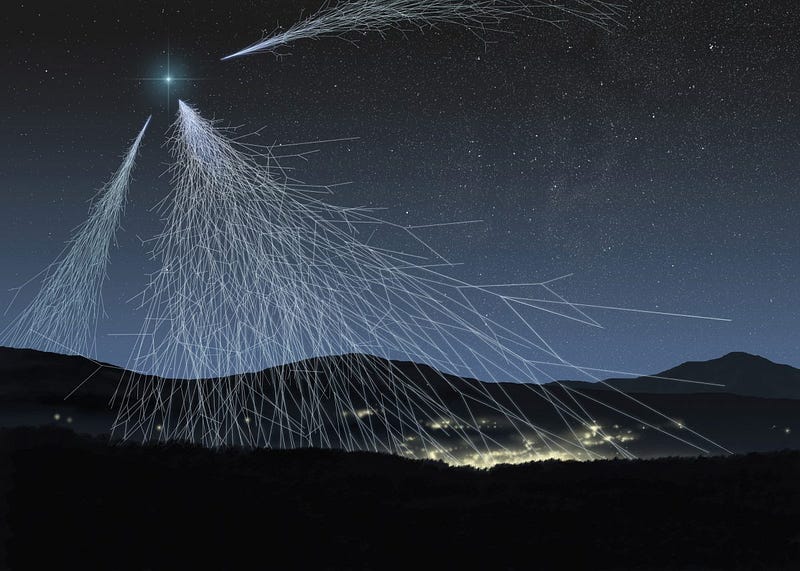
The ionizing radiation is what causes the most direct, severe damage to not only human but most living things, and that’s why there are such tight regulations, all over the world, on how much of these hazardous types of radiation any entity can emit.
But non-ionizing radiation that gets absorbed can still cause damage, provided that there’s enough total energy to be damaging. Instead of ionizing individual electrons, this radiation can get absorbed and converted into thermal (heat) energy, and too much heat — just as it can cook plants, animals or fungi — can permanently damage living tissue.
So it seems like a legitimate question: could 5G wireless technology, and the ambient radiation that it will create surrounding each and every one of us, possibly be damaging?
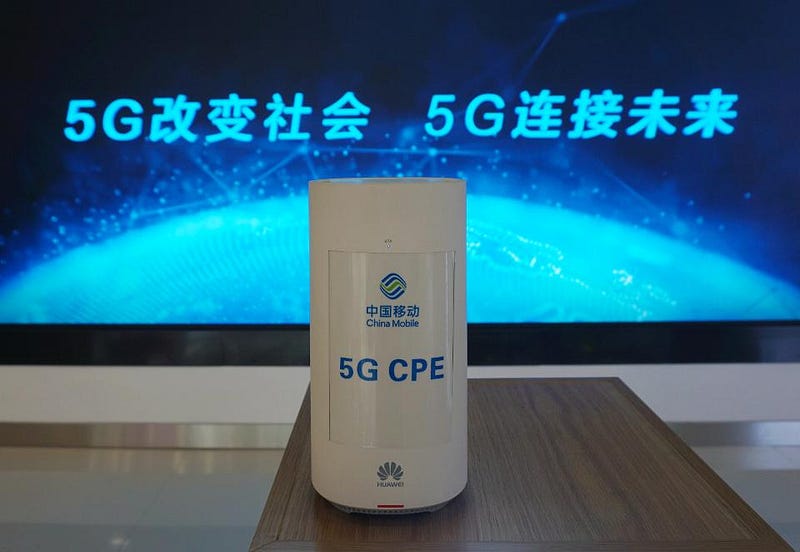
If you ask a WiFi truther, like Berkeley’s Joel Moskowitz, they’ll insist that it is. That WiFi has already been harming us, that it’s the cause of a number of rampant health problems in the human population, that there’s an enormous conspiracy to bury it, and that since the World Health Organization has classified 5G (and WiFi radiation in general) as possibly carcinogenic, we should avoid it until it’s demonstrated that it’s safe, after all.
Unfortunately for Moskowitz, and fortunately for society, possibly carcinogenic is one of the lowest danger levels that can be ascribed to a risk factor. If any study at all finds that any dose of a substance causes any spike in cancer in any creature — even in mice, even with a small sample size, even with marginal or dubious significance — this is the classification it gets. If you’re not afraid of coffee or thyme, or getting a nickel with your change, you shouldn’t be afraid of 5G, or WiFi radiation in general.

The reason for this is simple: the only way this radiation can harm you is through the total energy your body (or a part of your body) absorbs. Whenever a device sends or receives a wireless signal, it emits or searches for radiation of the appropriate frequency. The devices all use power, and the energy they emit spreads out in a sphere: falling off as the inverse of the distance squared as you leave the source.
If you ever held a portable radio or boombox close to you, you received far more radiation of similar frequencies than you do from a 5G device that sits in your pocket. At the end-user, consumer level, even dozens of devices surrounding you — similar to the situation you’d experience in an office, classroom, or airport — impart a level of radiation that, based on energy concerns, ought to pose no threat at all.
As Dr. Alex Berezow of the American Council on Science and Health states, the assumption that 5G is safe is already backed by the full suite of scientific studies. Only, he contends, “[i]f sufficient evidence shows something to the contrary, then we should reconsider the status quo.”
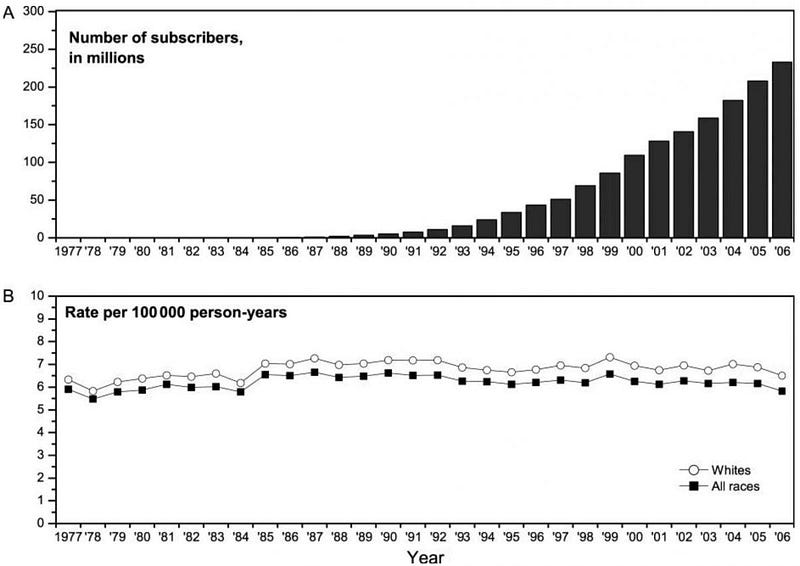
From a theoretical point of view, there’s absolutely no reason to fear 5G technology, or WiFi radiation in any form.
But if you were really curious about the potential hazards to humans, you’d take a look at the people who get the highest levels of 5G radiation exposure: the electrical and construction workers who build and install the wireless communication towers that provide the necessary infrastructure for 5G. In the UK, the National Register of RF workers is the body that looks after the health and safety of that group of people, and it’s composed entirely of RF workers themselves.
What might be a dangerous dose of radiation when you’re four inches (about 10 centimeters) away from it goes down by a factor of 10,000 when you move to be about 33 feet (10 meters) from it.
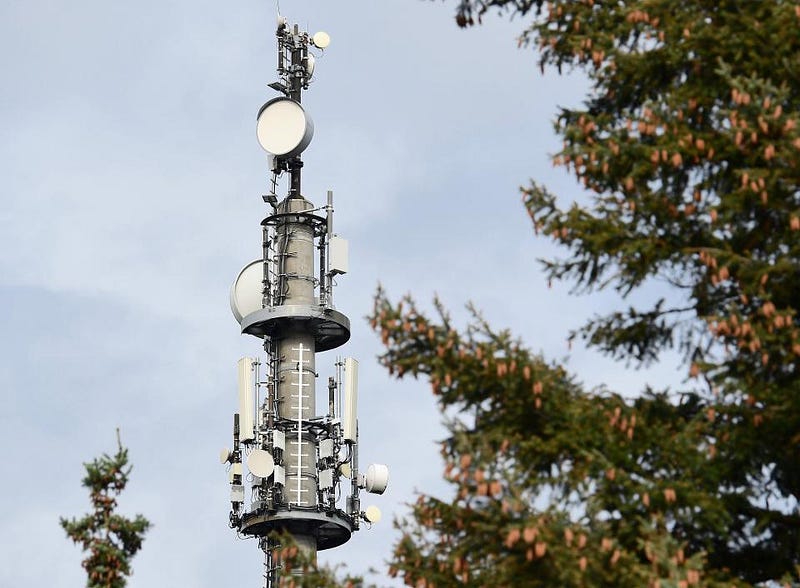
As reported by Simon Rockman here on Forbes, there are 4,500 people in the UK who work in close proximity to radiofrequency (RF) radiation. The RF exposure they’re allowed to receive is five times that of the general population, and there is no evidence that they have higher rates of cancer or any other health problems that could possibly be attributable to WiFi radiation than any other population of humans.
Still, the best measure that they can take is to simply have a small exclusion zone around the radio masts (or towers) that emit the most powerful signals for this type of radiation. So long as that exclusion zone is about 10 meters in all directions, any humans outside of the zone will undoubtedly be safe. A receiver/transmitter that’s perched very high above the ground or a tall building will automatically be safe for any humans directly beneath it, so long as they’re more than 10 meters below the active device.
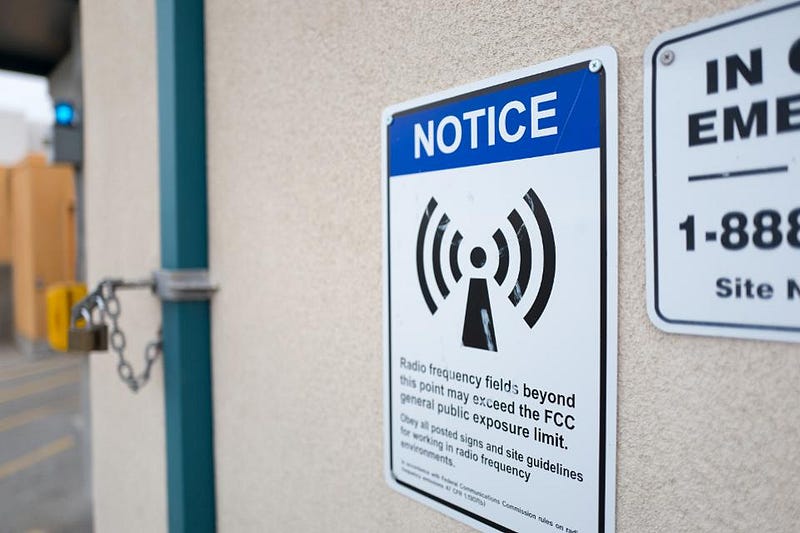
Finally, the benefits that 5G will bring to society in the coming decade are truly revolutionary. In addition to the accelerated speeds that regular consumers will see, laying the infrastructure for 5G will enable civilization-changing smart technologies and a virtually unlimited number of device connections. 5G will enable blossoming technologies that rely on connectivity to the internet to go widespread, from connected self-driving cars to smart plugs, lights, cameras, toothbrushes, thermostats, healthcare monitoring devices and more. The Internet of Things is coming, and 5G is the technology that will take it mainstream.
There are lots of real hazards out there in the world, but 5G — much like vaccines, fluoridated drinking water, and the vapor trails left by airplanes — aren’t among them. In the search for truth, society should rely on the full suite of scientific evidence, rather than fear or ideology, to guide us. When we do, all of us can reap the benefits of a safe, connected world.
Ethan Siegel is the author of Beyond the Galaxy and Treknology. You can pre-order his third book, currently in development: the Encyclopaedia Cosmologica.





